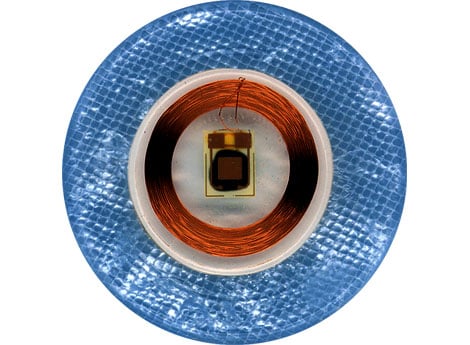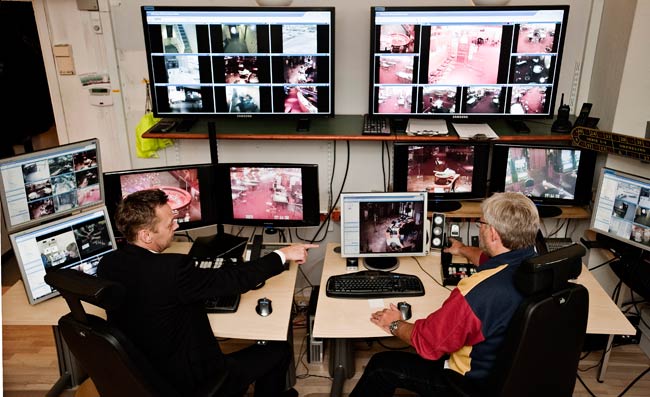How Casinos Detect Card Counters in Blackjack: Technology, Tactics, and Limitations

This article features insights from Richard Marcus, a renowned game protection consultant and former casino cheater turned industry advisor, whose career has shaped modern casino security measures.
Understanding Card Counting in Blackjack
Card counting is a well-known strategy used by skilled blackjack players to estimate the composition of undealt cards. This mathematical technique involves assigning values (such as +1, 0, or -1) to cards as they’re dealt and maintaining a running tally in the player’s mind.
The principle is straightforward: high-value cards (10s and Aces) boost the player's odds, while low-value cards favor the dealer. By tracking these values, card counters capitalize when the remaining deck is 'rich' in high cards, increasing their bets when the odds swing in their favor. When executed properly, card counters can achieve a statistical edge of about 1% over the house.
Card counting gained widespread popularity following the publication of Edward O. Thorp’s 1962 book, Beat the Dealer. Although card counting is legal, casinos actively discourage it and may eject anyone suspected of advantage play. While casino staff cannot legally detain card counters or confiscate their chips-since no laws are broken-suspected players will likely be asked to leave.
Technologies Used for Detecting Card Counters
Modern casinos are equipped with sophisticated technologies aimed at uncovering card counting activity. Two of the primary tools are:
- Radio Frequency Identification (RFID) systems: Casino chips are increasingly embedded with RFID tags that allow the house to monitor the chips’ movements and betting patterns.
- Computer vision with facial recognition: Overhead cameras and advanced software track play, analyze movements, and attempt to identify known or suspicious individuals using facial data.
RFID enables casinos to log each player’s betting activity per hand, monitor chip redemption at the cashier, and even track chips hoarded by players over multiple sessions. When linked to player profiles, RFID can alert staff to potential card counters accumulating large stacks.
Computer vision, on the other hand, leverages high-resolution surveillance and machine learning algorithms-such as contour analysis and SIFT (Scale-Invariant Feature Transform)-to interpret the values of cards in play, count chip stacks, and monitor behaviors at the tables. Combined with facial recognition databases, this technology is intended to identify both previously flagged and new advantage players.
Why Chips and Players Are Tracked: Inside RFID and SIFT
For successful card counters, concealing large bankrolls and minimizing casino attention are essential. Amassing a significant quantity of chips to withstand statistical swings can attract surveillance scrutiny, especially when spread across multiple visits to avoid immediate detection.
RFID technology, commonly used in sectors beyond gaming, allows casinos to monitor every chip’s movement. The RFID tag, a tiny microchip embedded within each casino chip, enables real-time tracking and can reveal unusual behavior such as abrupt increases in bet sizes-a classic indicator of card counting.

When RFID tracking is paired with SIFT-advanced facial recognition software-it forms a high-tech approach to detecting card counters. SIFT algorithms analyze facial features and can alert casino staff to the presence of suspected counters, whether recognized from prior incidents or flagged for betting patterns that align with advantage play strategies.
Challenges Facing Card Counting Detection Systems
Despite impressive technological advances in surveillance and detection, casinos face several obstacles when it comes to reliably identifying sophisticated card counters.
- Most card counters play according to basic strategy the vast majority of the time, making their actions indistinguishable from typical players.
- Team play adds further complexity: groups often employ “spotters” who track the count and signal “big players” to place substantial bets only when the deck is advantageous, foiling detection software that looks for individual betting spikes.
- Expert card counting teams coordinate betting so that only one or two members make large increases at any given time, keeping others’ bets steady to confuse automatic pattern recognition tools.
Casino Security Methods and Industry Practices
Casinos leverage a combination of highly trained security staff and an extensive network of surveillance cameras-often termed the "eye in the sky"-to closely monitor all gaming activity.

Notably, card counting is not viewed as cheating under the law-no matter how much casinos may dislike it. To prevent counters from gaining an advantage, surveillance teams share information regionally and internationally. If a player is ejected from one property for advantage play, their identity may be circulated and recognized in casinos worldwide.
To counteract surveillance, card counting teams often employ disguises and closely coordinated routines: each member may bet minimally at different tables, signaling to teammates when a favorable situation arises so that “big bets” are made only when the odds are right. Security staff-sometimes former card counters themselves-are trained to detect such elaborate strategies.
Team Tactics: Outsmarting High-Tech Detection
Professional card counters often leverage team strategies to remain invisible to most detection measures. Imagine a group of four players seated at one table-under full scrutiny from RFID tracking and SIFT cameras.
If each individual raises their bets whenever the count is favorable, detection software can easily flag all as potential counters. But savvy teams use coordinated betting increases; as an example, one player might increase their bet by $400 while the others keep their previous stakes, or two players might each add $200. This way, the team achieves its collective betting goals while preventing algorithms from reliably linking the behavior to card counting activity among the whole group.
By carefully coordinating their play and muddying their betting patterns, expert teams consistently slip beneath the radar of current detection technologies.
Are Card Counting Detection Tools Truly Effective?
In summary, while casino detection systems are effective at catching novice card counters-who typically pose little long-term threat-these technologies struggle to expose expert teams using advanced strategies and shared tactics. At present, there is no reliable, automated system capable of identifying well-coordinated groups as a whole.
The technological arms race between casinos and card counters continues, but for experienced advantage players working as teams, the edge remains achievable through innovation, discipline, and teamwork.













